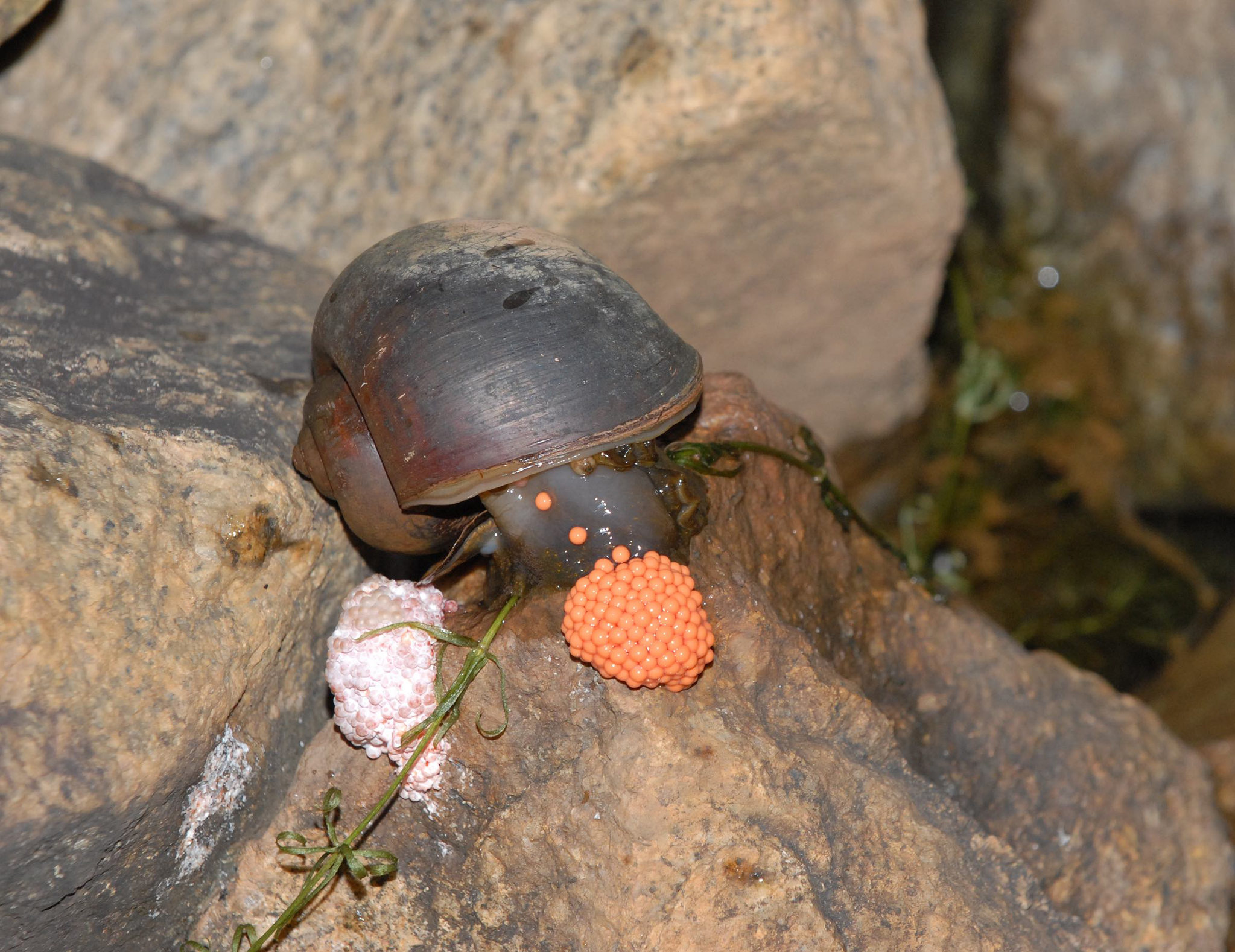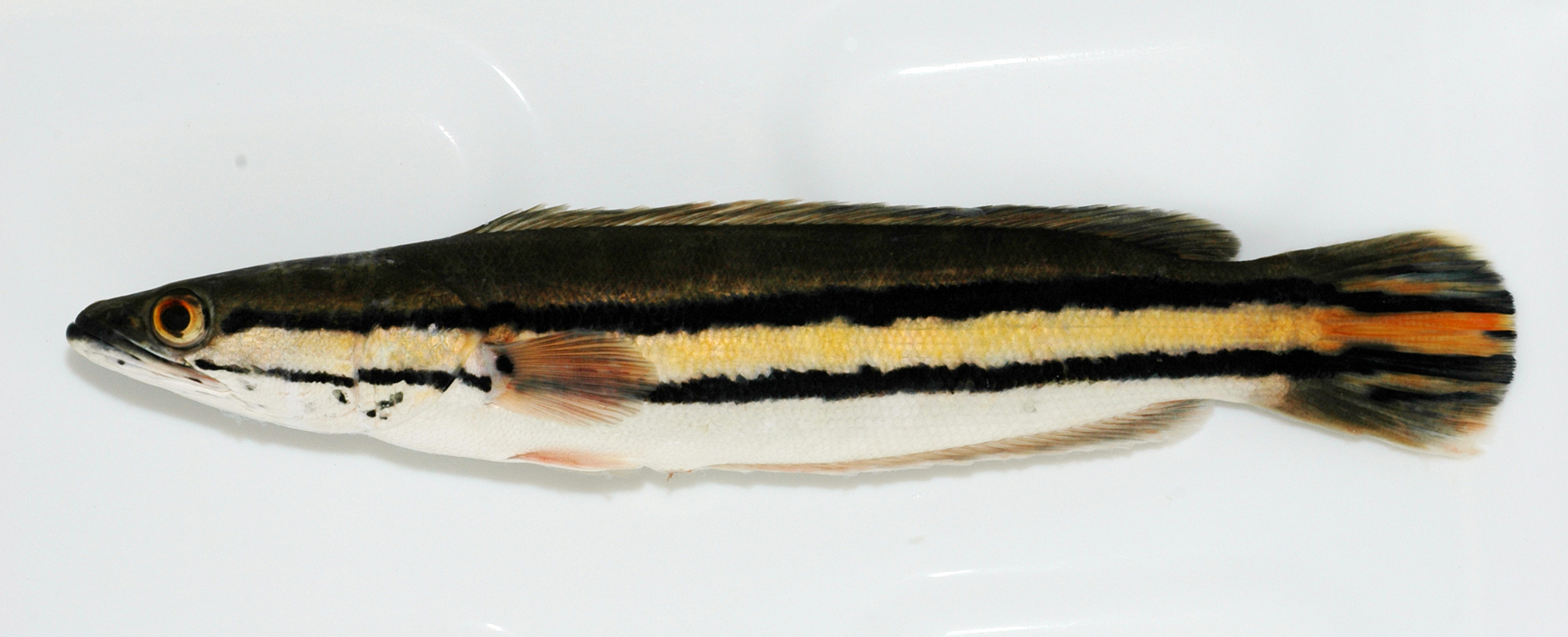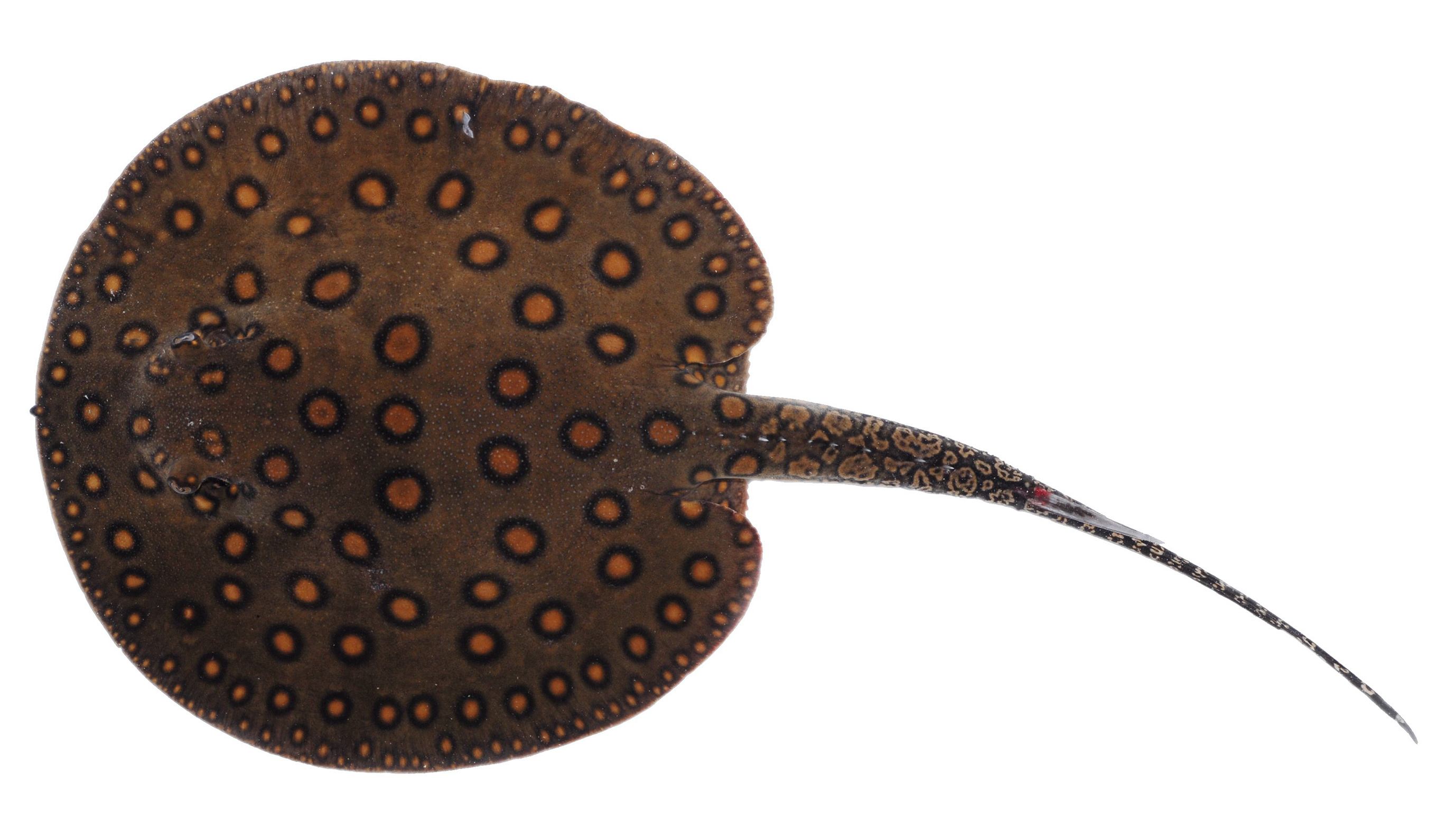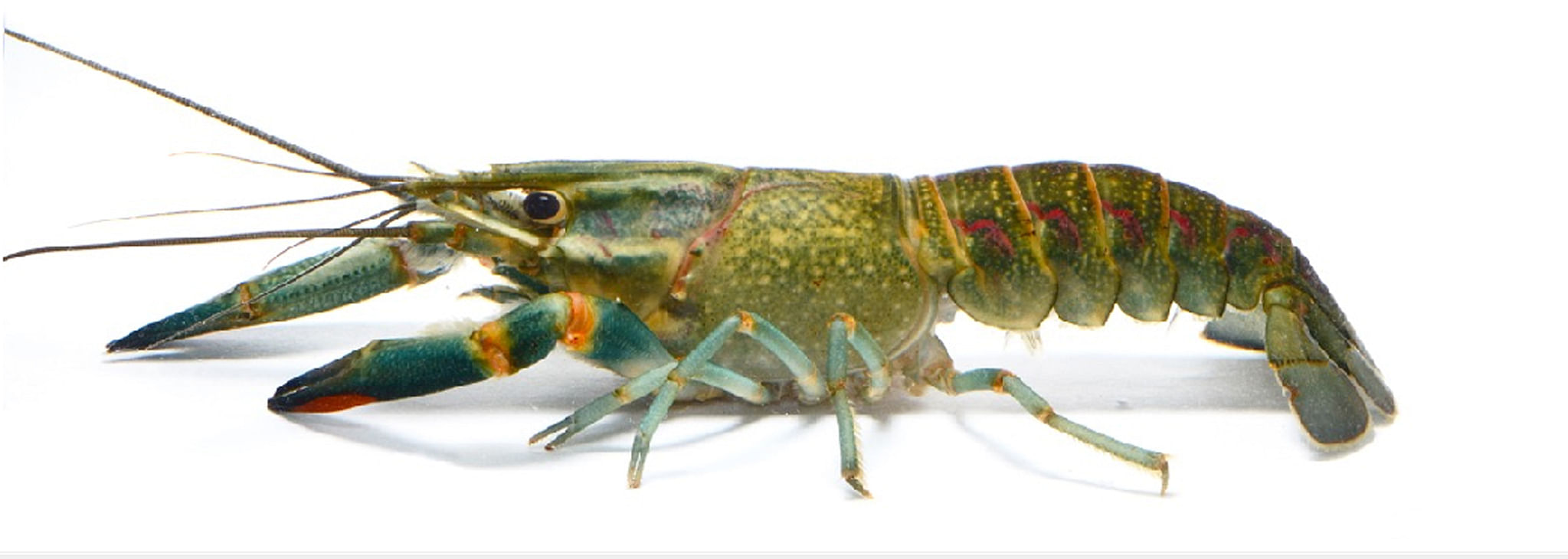SINGAPORE - Alien freshwater fish species are taking over Singapore's reservoirs, and now outnumber native species by 52 (alien) to 36 (native). Most of them are hardy and capable of establishing their populations quickly in new environments, competing with native species for food and shelter. Here is a look at six:
African sharptooth catfish

First spotted here in the mid-1990s, it can grow up to 1.5m in length and is highly adaptable.
Feeding on fish, crustaceans, and other bottom dwelling organisms, it seems to have displaced smaller native catfish in areas that it has spread to. This species has barbed spines for protection but is not harmful to people unless handled or accidentally stepped on.
Golden apple snail

First spotted in the 1980s, it can be found reservoirs, ponds and or canals.
It feeds on algae and aquatic plants, is highly adaptable, and could have displaced native apple snails around South-east Asia.
Such snails reportedly carry disease-causing parasites, but are not harmful to humans unless eaten raw or improperly cooked.
Giant snakehead

This large, ferocious fish species can reach over 1m in length. It can be found in many reservoirs - which resemble its native habitats in large lakes and rivers in parts of the surrounding region. It is very protective of its young and will attack anything perceived as a threat to its young.
American bullfrog

First spotted in late 1980s, it can be found in reservoirs and ponds. But no individuals, tadpoles, or eggs have been found in the wild so far.
The American Bullfrog could potentially compete with native frogs for food and could spread chytrid fungus- a major threat to native frog diversity around the world.
Ocellate river stingray

First spotted in late 2000s, the stingray is found in some reservoirs.
Experts say that its establishment here is not surprising considering it is native to tropical South America, which has a similar climate.
It is the only species of freshwater stingray in Singapore's fresh waters so far and is capable of injecting painful venom. It can grow up to 1m long, and feeds on small fish, worms and crustaceans.
Its impact on native species is not known so far but it could potentially injure humans wading in the water if accidentally stepped on, by lashing out defensively with its tail with its barbed sting.
Red-claw crayfish

First spotted in 2000s, the crayfish can grow up to 25cm in length, is found in places such as reservoirs, ponds in urban parks, and more recently, natural streams. It is established here and seems quite adaptable to different habitats. The Australian and Papua New Guinea native is omnivorous and while it looks similar to a lobster, both belong to different families. Crayfish are all freshwater species and are usually smaller than salt-water loving lobsters when full grown. (lobsters are marine species.)
Credit: Freshwater and Invasion Biology Laboratory, Department of Biological Sciences, National University of Singapore, NParks, AVA, PUB


